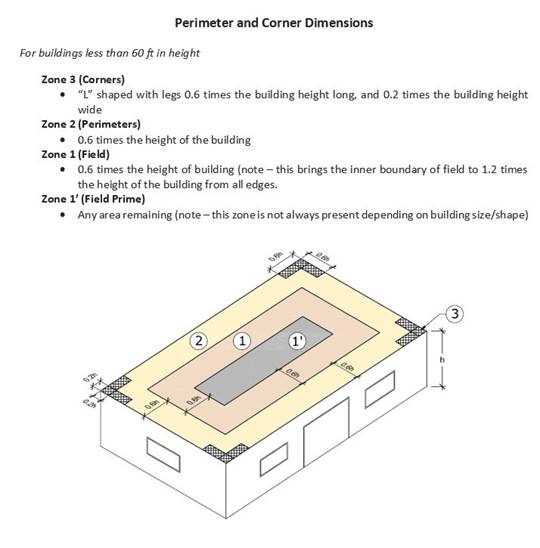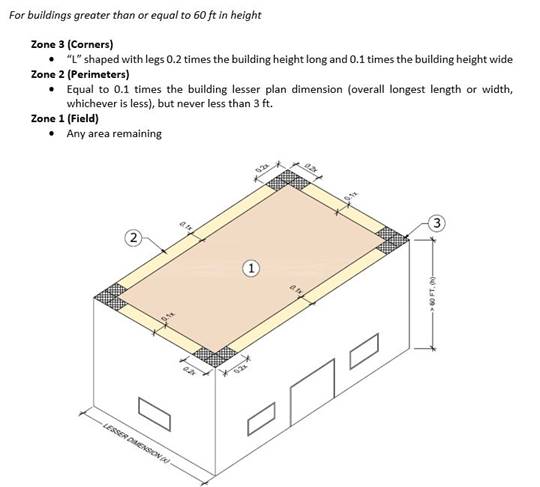In today's current volatile market with rising material and labor costs, raw material shortages and lack of product availability, building code compliance presents an even greater challenge for design professionals and roofing contractors.
Here's How
New IECC 2015 building code increased R-value requirements and changed the climate zone map.
These increased R-values have been yet another contributing factor to the rapid rise in demand for polyiso and other insulation materials. The thicker insulation also requires more steel to produce longer fasteners, which have also been in high demand with limited supply.
IBC 2018 incorporated ASCE 7-16 to include the method in determining roof perimeter and corner wind pressure, and the change in definition of the fastening area on the roof on buildings. The changes made to the zones have resulted in the requirement for additional plates and fasteners from the previous codes which again have increased demand for steel during a time of limited supply.
ASCE 7-16: How to calculate the uplift pressure?
We want to clarify some confusion surrounding the way ASCE 7-16 building code defines the areas of the roof when calculating the uplift pressure required in those areas. See below, how to figure these areas:


If you have any questions about this communication, please contact our office at 770.272.9090.